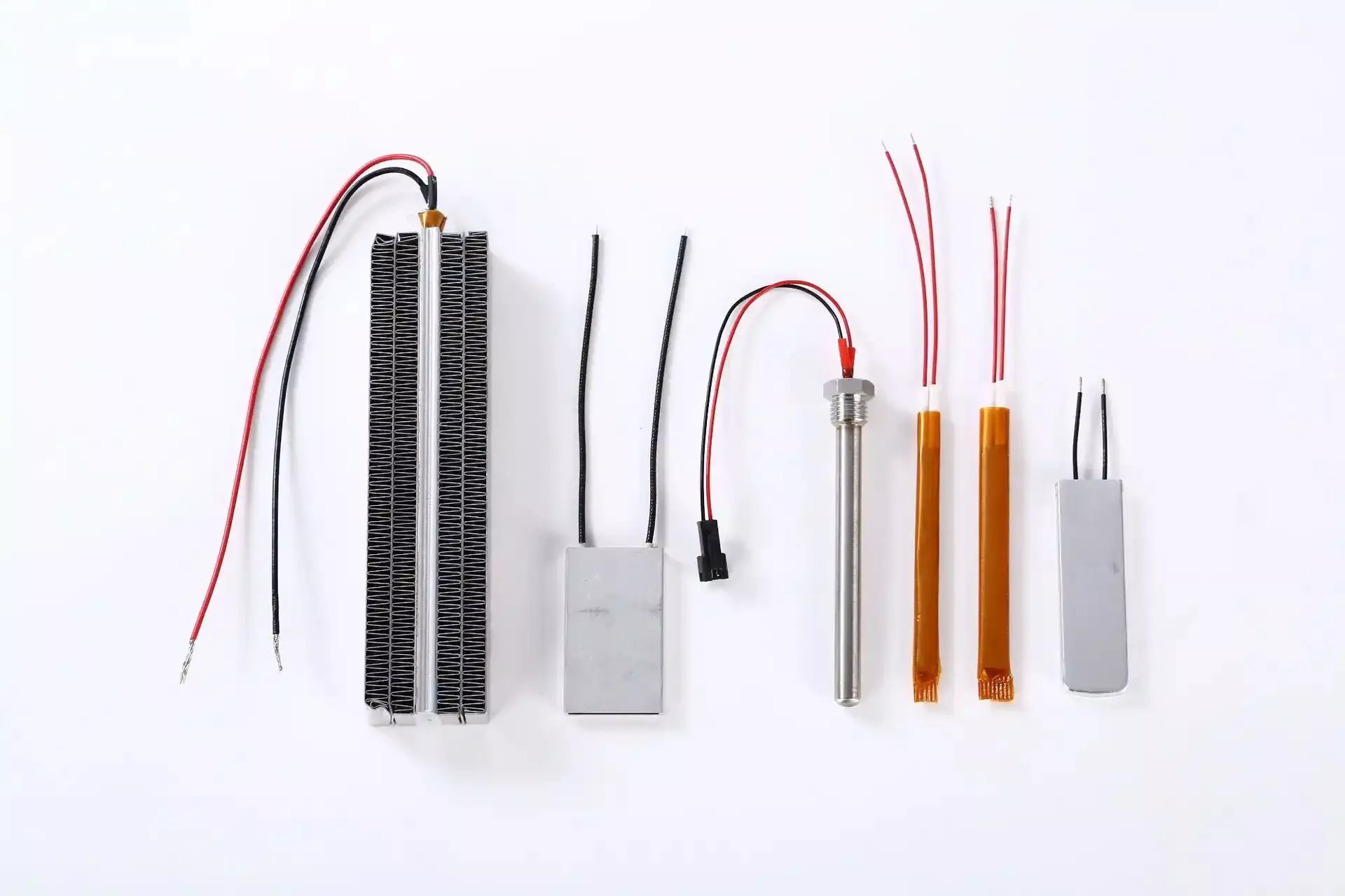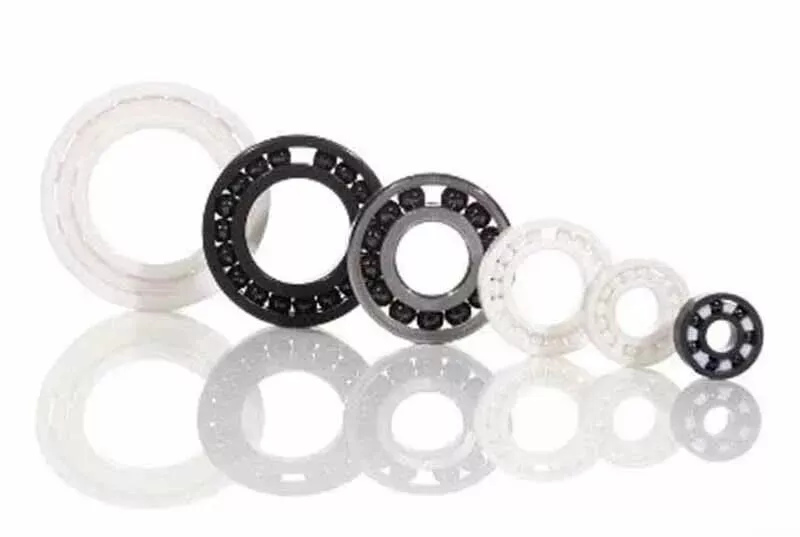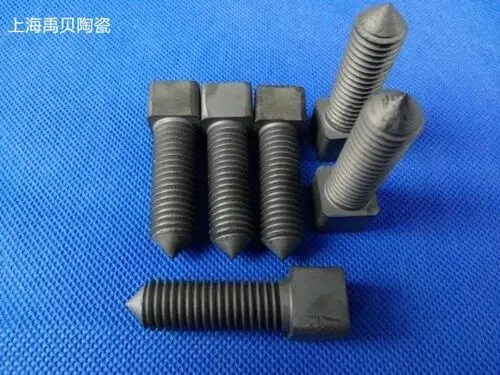In recent years, variable voltage and frequency-controlled AC traction motors have been installed on newly manufactured electric vehicles. These AC traction motors are characterized by their light weight, compact structure, and high-speed operation. However, to adapt to the high-speed rotation of the bearings and the temperature rise of various components of the traction motor, the harm of "electrical erosion" to the original steel bearings must be solved to improve the heat resistance and durability of the bearings and lubricating grease.
Note: Electrical erosion is a type of damage caused by electric current passing through the bearing's interior during rotation, producing sparks that melt the contact area of the thin oil film, resulting in localized melting.
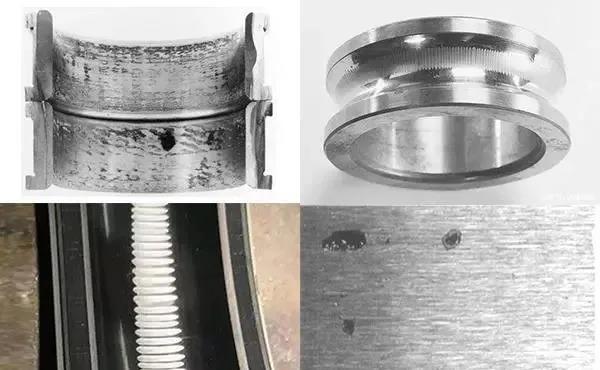
Figure 1. Axial current corrosion phenomenon via the internet.
1. Basic requirements for insulated bearings used in traction motors.
Currently, the strategy for addressing electrical erosion is to set up a bypass circuit to direct current flow away from the bearing or to insulate the bearing surroundings to cut off current flow. Specific methods include:
(1) Installing a grounding device on the main shaft or casing of the traction motor to prevent current from passing through the bearing interior.
(2) Using insulated bearing frames or insulated bearings.
In terms of price and reliability, insulated bearings are the main method.
There are roughly three types of insulated bearings used in traction motors, namely: resin-coated bearings, hybrid ceramic bearings, and ceramic-coated bearings.
① Resin-coated bearings
The most commonly used type of bearing is PPS (polyphenylene sulfide) insulated bearings, which have an outer surface coated with PPS insulation resin to prevent bearing electrical erosion. The advantage is excellent electrical insulation performance and low price. The disadvantage is that this type of bearing is not suitable for use in machinery with a sharp increase in bearing temperature or strict requirements for interference fit, so it is mostly used in motors with looser conditions.
② Hybrid ceramic bearings
Refers to bearings in which only the rolling element parts are made of ceramic materials, also known as hybrid ceramic ball bearings. They are made of engineering ceramics as bearing materials and have good mechanical and thermal properties, namely: sufficient strength, stiffness, hardness, fracture toughness, impact resistance, high temperature resistance, oxidation resistance, and other series of better properties than metal materials. The ceramic materials mainly used for bearings include silicon nitride (Si3N4), zirconia (ZrO2), and alumina (Al2O3). Among these three ceramic materials, silicon nitride has superior comprehensive performance and has become the preferred material for ceramic bearings. Its characteristics are similar to that of bearing steel, and it fails in a peeling manner with precursors. Zirconia and alumina both appear in a fragmented failure mode.
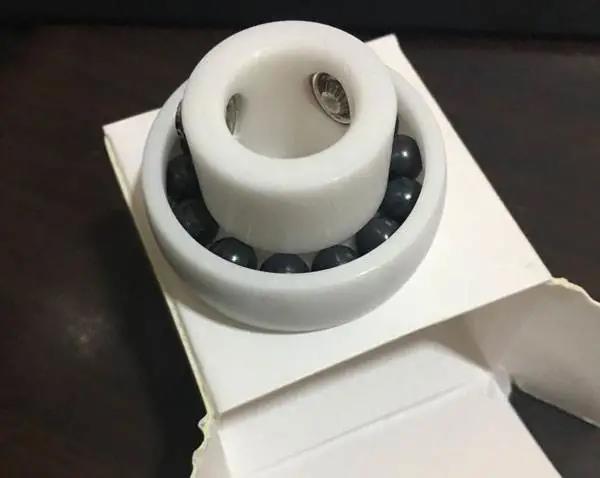
Figure 2. High-temperature bearings made of zirconia-silicon nitride hybrid ceramics via the internet
③ Ceramic-coated bearings
Ceramic-coated bearings have a layer of ceramic insulation coating sprayed on the inner or outer ring of the bearing. The ceramic insulation coating is prepared using plasma spraying and then sealed with a sealant. Bearings with a coated outer ring are mainly used for medium-sized bearings, while bearings with a coated inner ring are mainly used for larger-sized bearings or applications with higher insulation requirements. The dimensional tolerances and precision of the bearings comply with ISO standards and are identical to the prototypes. The performance, size, and precision are the same as those of ordinary bearings and can be directly replaced.
Insulated bearings for traction motors have additional insulation performance requirements in addition to the general bearing requirements. Mainly:
(1) Insulation resistance stability (the insulation ability should not have a significant decrease due to changes in ambient temperature, humidity, etc.).
(2) Certain mechanical strength (no fragmentation during compression, pulling, or dropping).
(3) Bearing rotation performance.
(4) Resistance to alkalis, cleaning agents, kerosene, and others.
(5) Interchangeability with shafts, bearing housings, etc.
Overall, ceramic bearings are more suitable for actual applications in traction motors.
2 Advantages of combination ceramic bearings for traction motors
(1) In ceramic bearings, the silicon nitride ceramic rolling elements are electrical insulators.
Under the condition of direct or alternating current, ceramic bearings without sealing rings or dust caps are insulators, with a resistance value of several gigaohms. Under the action of high-frequency currents, the ceramic rolling elements of the ceramic bearing play an insulating role between the inner and outer rings. Due to the extremely low capacitance of the hybrid ceramic bearing, small contact of the raceway, relatively large diameter of the rolling element, and relatively low dielectric constant of silicon nitride material, the resistance value is above 1 kΩ even at a frequency of 1 MHz under high-frequency environments. Therefore, ceramic bearings are very effective in preventing bearing electric erosion damage, especially under high-frequency current conditions.
(2) The lubricating grease life of ceramic bearings is longer than that of steel bearings.
When current passes through steel bearings, the locally high temperature generated by current discharge will cause the additives and base oil of the lubricating grease to react, resulting in combustion or carbonization of the base oil, hardening and darkening of the lubricating grease, and rapid deterioration of the oil. Although the lubricating grease of ceramic bearings may deteriorate like that of ordinary bearings, it will not cause burns. By comparing the rotation time until burnout, the lubricating grease life of ceramic bearings is three to four times longer than that of steel bearings.
(3) Ceramic bearings can withstand poor lubrication under static vibration.
When the viscosity of the lubricating oil is high and the oil film is easily formed, the life of ceramic bearings and steel bearings is almost the same. When the viscosity of the lubricating oil is low, the life of ordinary bearings will be very short. At this time, the rolling elements and inner and outer rings are of the same material and are prone to adhesion. The use of ceramic rolling elements of different materials is beneficial for improving the life because of the lack of activity.
Declaration: This article is provided by CERADIR™ users or obtained from Internet, the content does not represent the position of CERADIR™. We are not responsible for the authenticity/accuracy of the article, especially the effects of the products concerned. This article is for study only, it does not constitute any investment or application advice. For reprinting, please contact the original author. If it involves the copyright and/or other issues, please contact us and we will deal with it asap! CERADIR™ has the interpretation of this declaration.




